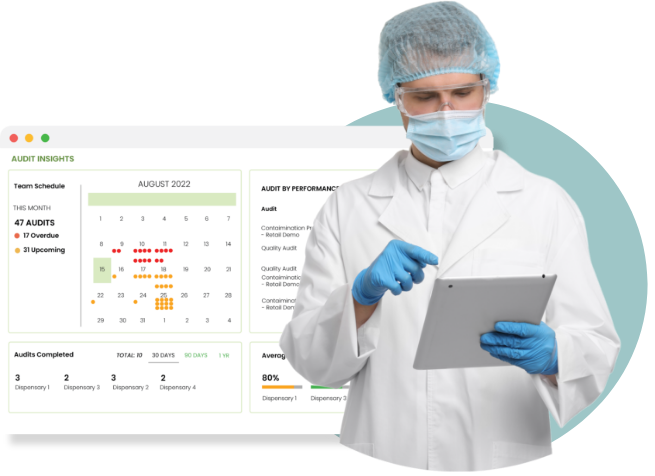Author: Ben Hartman | June 12, 2024 | 3 Min Read
Five Key Steps to Take to Prevent Food Safety Recalls

In the food and beverage industry, a food safety recall can be devastating.
Investigating and carrying out the recall can cost millions of dollars, while the potential damage to a company’s reputation can be difficult to put a price tag on and can take years to repair.
This week, Rootwurks held a webinar featuring Joel Chappelle, Attorney and Consultant at the Food Industry Counsel to break down some of the most important steps companies can take to reduce the likelihood of a recall - and the protections they can put in place to make life easier if they are nonetheless subject to a recall.
Step 1: Know your suppliers and vet them well
Food companies don’t operate in a vacuum. Every food and beverage manufacturer deals with partners up and down the supply chain. Making sure these suppliers and the raw materials and ingredients they supply meet quality standards and regulatory requirements is key.
“Our ability to ensure the safety and quality of our products hinges in large part on what our suppliers are sending us. From a food production standpoint, the very first sort of firewall that we can put in place is ensuring we select quality suppliers,” Chappelle said.
He added that vetting these suppliers requires a wide range of actions including assessing their certifications, inspecting their facilities, examining traceability systems, and evaluating their processes, among others.
Step 2: Carry out risk assessments and hazard analysis
Identifying potential risks in the production process is essential to helping prevent recalls.
“Identifying that risk early, right, when it emerges, helps to prevent problems from escalating into major issues or ultimately recalls. Oftentimes when it comes to a recall, whether it's a make or break the company kind of recall depends on the scope. If we're able to identify the issue right away, we're gonna be able to mitigate the recall or ideally, avoid one altogether,” Chappelle said.
Step 3: Quality Control and testing is key
Strict quality control and testing not only helps to ensure that products meet safety and quality standards, they also help reduce the risk of defects and contamination that can lead to recalls.
“Regular audits and inspections for your suppliers, combined intrernally with continuous monitoring creates a feed lap feedback loop that ensures that your quality measures are effective,” Chappelle said.
He added that building a strong food safety culture is one of the most important steps a company can take, in that it “ensures that every individual within the company from the executive suite down to the front line workers is prioritizing and taking responsibility for food safety in their daily activities.”
Step 4: Build a robust traceability system
A robust traceability system can help prevent recalls and can be a lifesaver in the event a recall does happen.
“Traceability allows for the rapid identification and isolation of any products that might potentially be implicated. We don't want a giant recall because the larger the recall the larger the cost and the more difficult it is going to be to remove the product.”
Chappelle added that companies must integrate traceability across all stages of production and distribution.
Step 5: Get good recall insurance
Even with the best intentions and the best quality control measures in place, mistakes can still happen.
This is where recall insurance comes in.
“It's just critically important to have not just a policy of recall insurance, but also a good policy. There are good insurance brokers out there that we work with and the difference between a company going through a big recall with a good insurance policy, versus a not so good insurance policy, very quickly extends to millions of dollars.”
Throughout the webinar, Chappelle cited the importance of education and training, and praised the educational resources provided by Rootwurks.
“A lot of what root works does allows us to conduct more effective and more efficient training. And help you make improvements to safety through training.”
He added “We’re seeing food become safer because of technologies such as the one that Rootworks uses which is more effective.”
Joel also praised the fact that the Rootwurks Learning Experience Platform keeps clear and precise records of all training.
“With the Rootwurks learning modules, it’s very easy to go back and see every single employee that’s done this training. You can see that it’s been completed and understand what the training is.”
If you missed the live stream of the webinar or you’d like to watch it again with your team, you can still stream it on-demand here.
Contributors

Ben Hartman
From HACCP certification to the basics of hygiene, our on-demand courseware has you covered.






.jpg?width=120&height=80&name=Baby%20(1).jpg)

